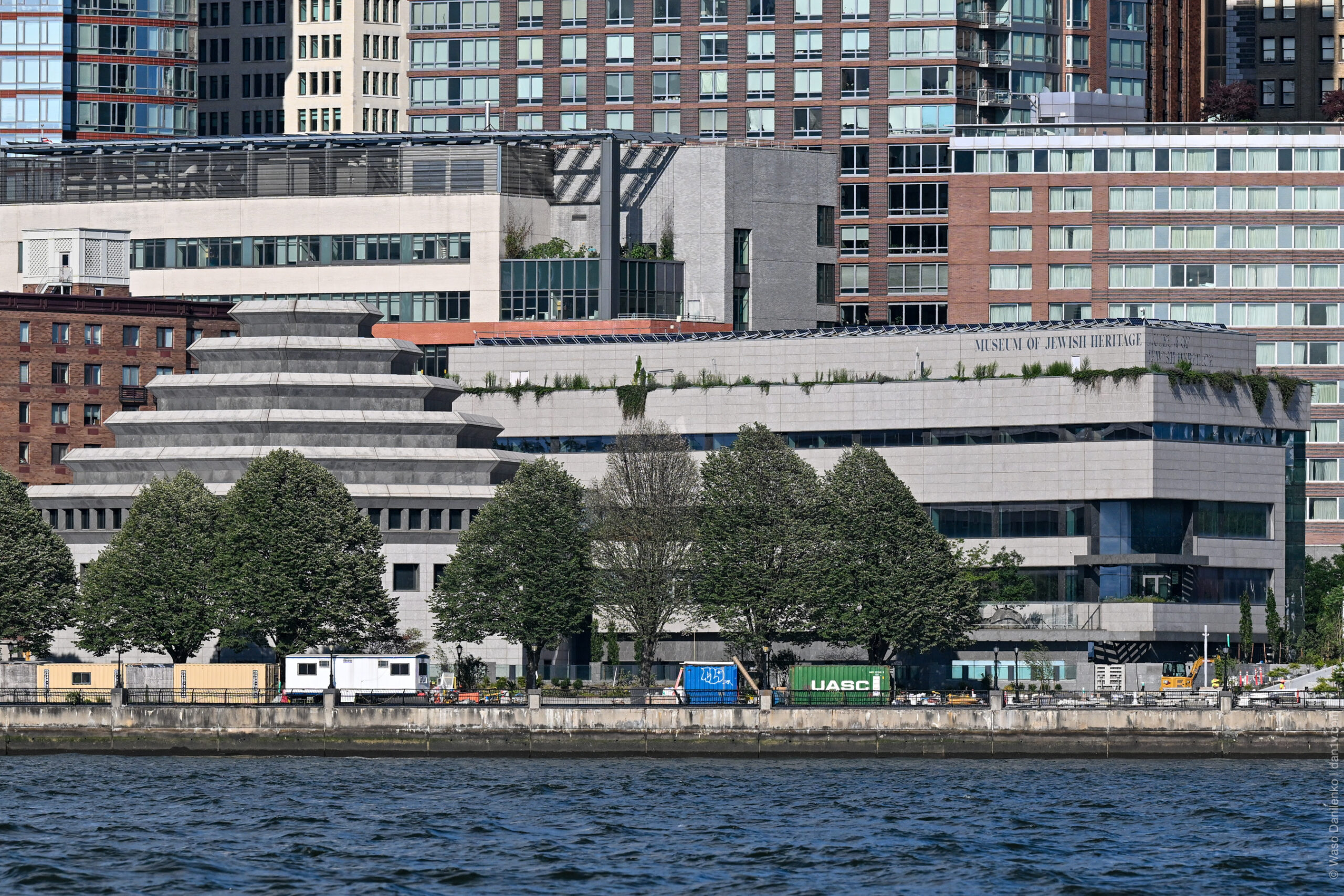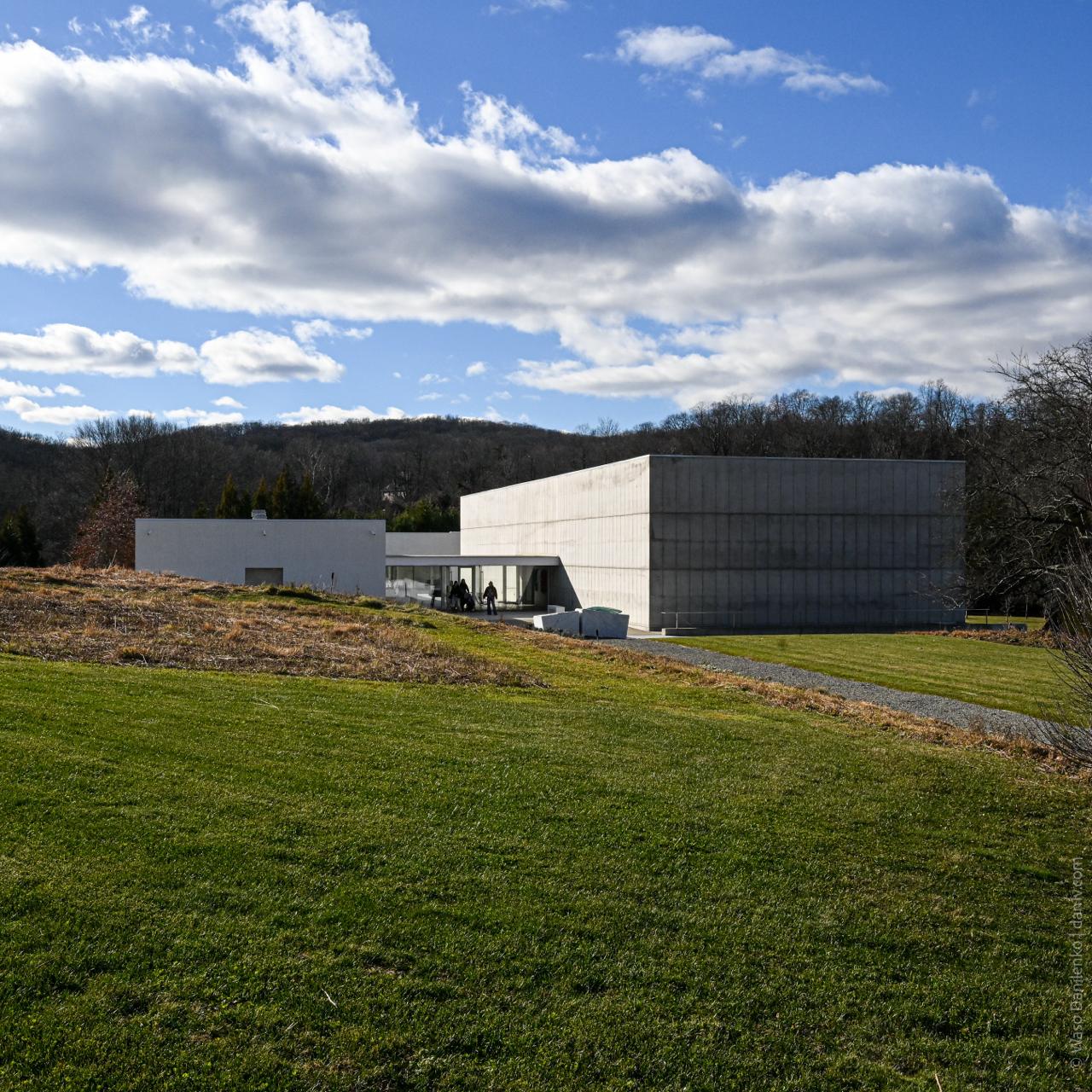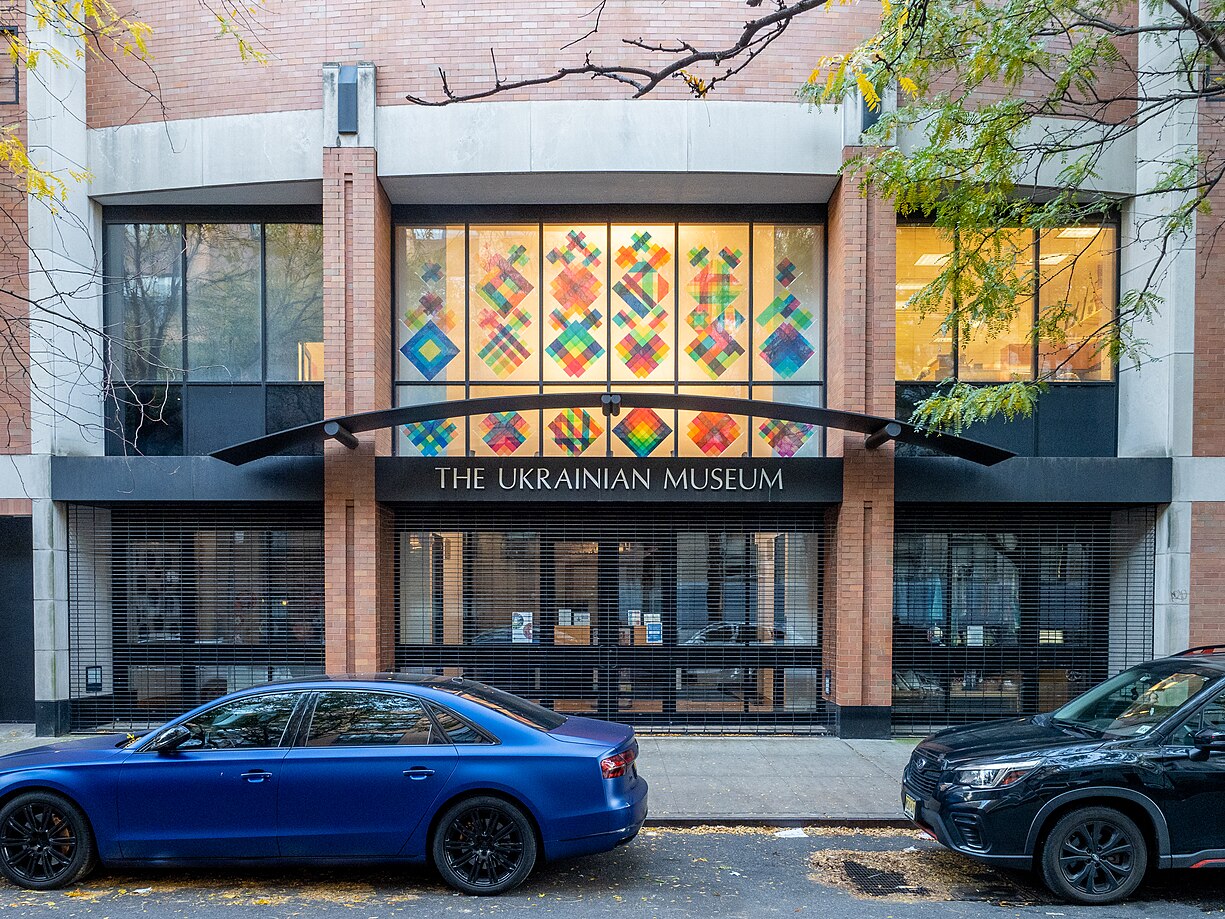The Museum of Jewish Heritage – A Living Memorial to the Holocaust is located in Battery Park City, New York. It is both a historical museum and a memorial dedicated to the victims of the Holocaust. Its mission is to tell the story of Jewish life and culture — before, during, and after the Holocaust.
History
The idea of creating a museum devoted to Jewish heritage emerged soon after World War II, but it struggled to gain support for decades. Interest revived after the Six-Day War in 1967, as the American Jewish community renewed its commitment to preserving the memory of the Holocaust.
Key figures in the museum’s eventual creation included U.S. President Jimmy Carter and New York City Mayor Ed Koch, who in 1981 established the New York City Holocaust Commission.
Initially, the museum was planned for the Alexander Hamilton U.S. Custom House, but financial challenges, political complications, and the 1987 stock market crash delayed construction. Eventually, a new site was chosen in Battery Park City.
The museum officially opened on September 15, 1997. Its first director was David Altshuler, with Dr. Jud Newborn serving as chief historian and helping to shape the concept and content of the core exhibition.
The Museum of Jewish Heritage has occasionally found itself at the center of public attention. In 2021, during the U.S. Capitol riot, a Confederate flag — a symbol in America often associated with racism, slavery, and white supremacy — was hung on the museum’s door.
The act was widely condemned as a gesture of hate and intimidation, especially against an institution dedicated to the memory of Holocaust victims and Jewish history. The NYPD opened a hate crime investigation, but the perpetrator was never identified.
Exhibitions
The museum’s six-sided building symbolizes both the six points of the Star of David and the six million Jews murdered during the Holocaust. In 2022, its main exhibition was completely redesigned. Here are some of the highlights visitors can see today:
Stories of Survivors: An Interactive Dialogue
This installation allows visitors to engage in conversations with ten Holocaust survivors, all members of the Museum’s Speakers Bureau. The experience is available both in person and online.
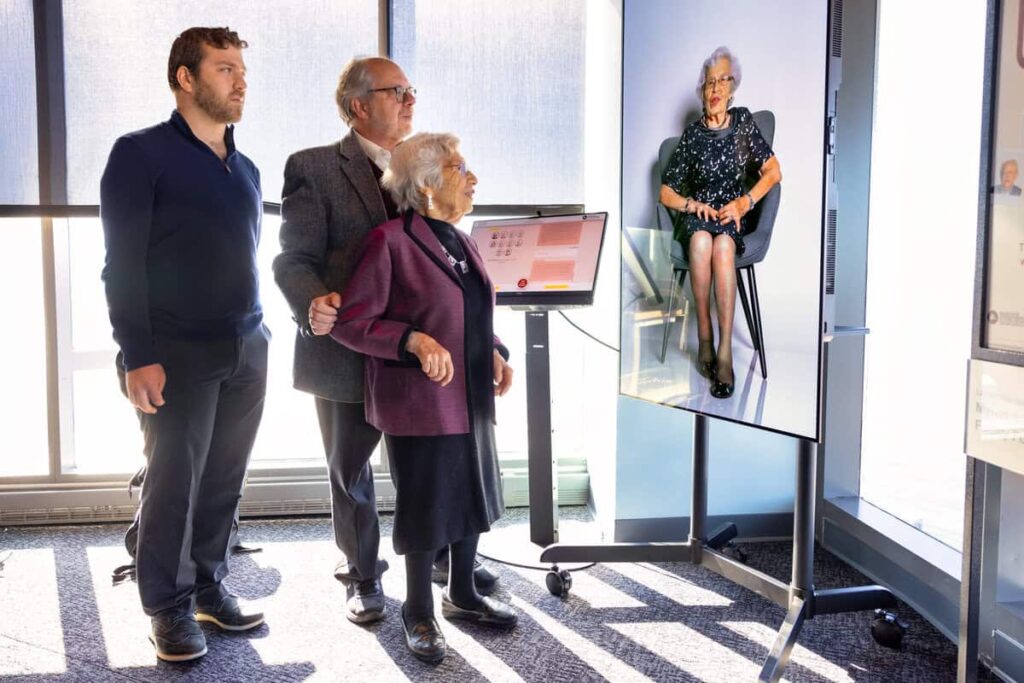
The Holocaust: What Hate Can Do
An expansive and powerful exhibition that tells the story of the Holocaust through personal testimonies, artifacts, photographs, and film — a timely reminder of the dangers of intolerance.
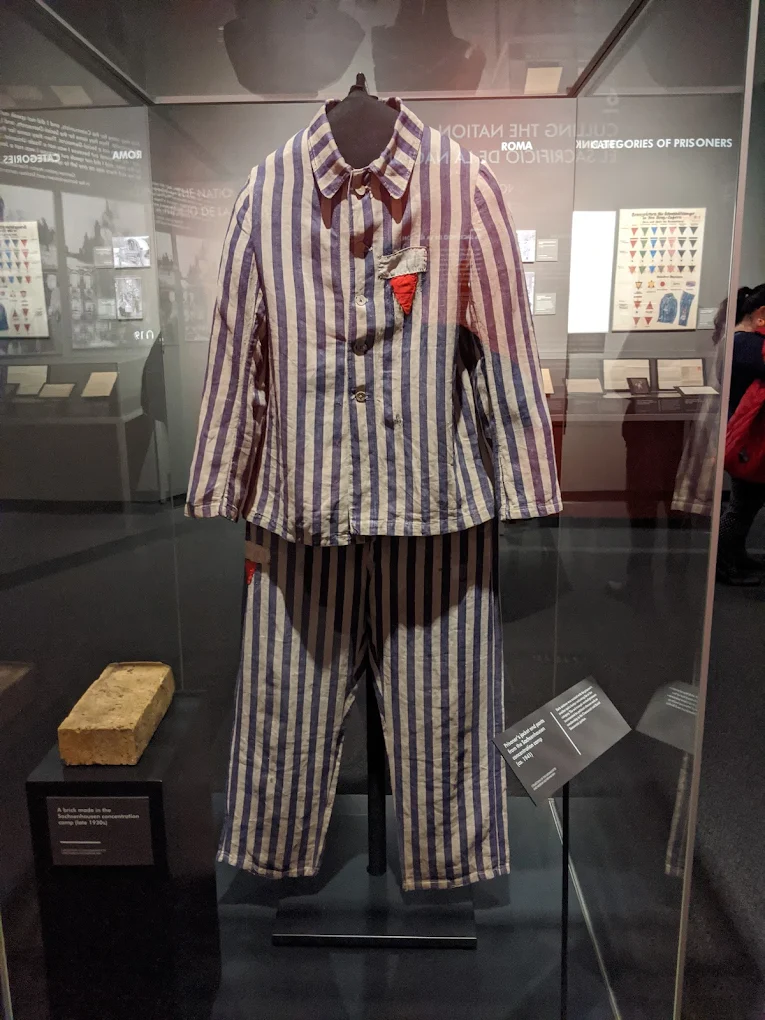
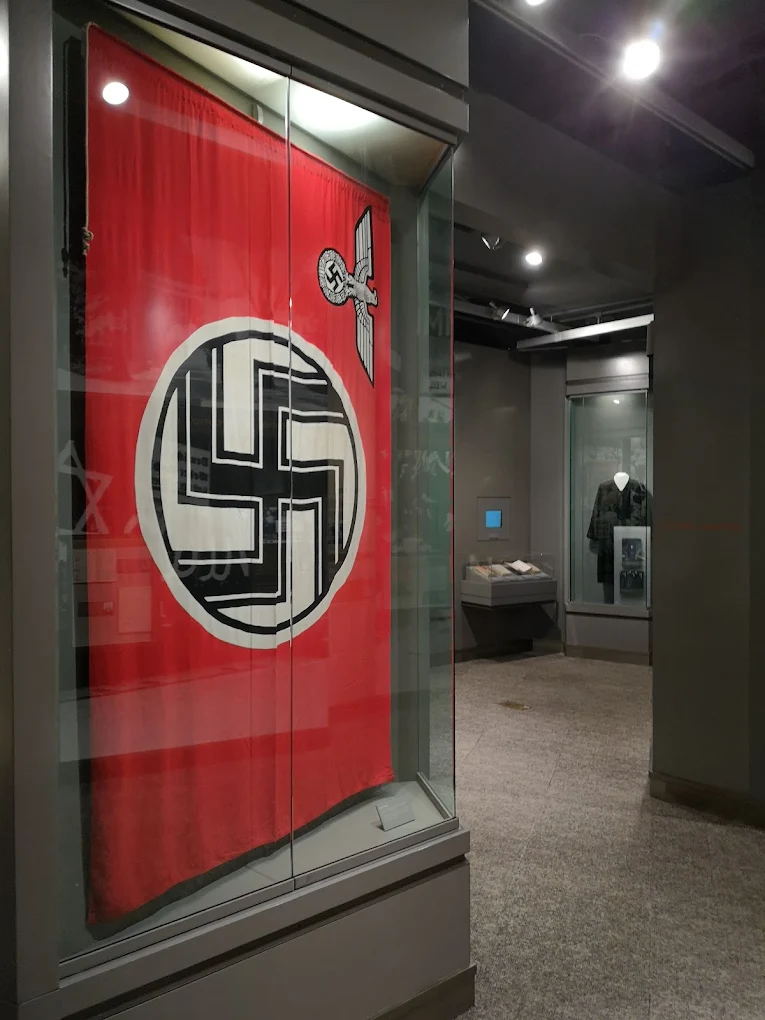
Andy Goldsworthy’s Garden of Stones
A living memorial garden featuring trees growing from stone — a poetic reflection on the passage of time, resilience, and nature’s enduring connection to human life. Visible from nearly every floor, the garden symbolizes hope and continuity.
Interesting Facts
- A “Living Memorial”
The museum was conceived not only as a place of remembrance but also as a testament to Jewish renewal after tragedy.
- A View of Freedom
The building overlooks the Statue of Liberty — a poignant symbol of what the Jewish people lost during the Holocaust, and what they ultimately regained: freedom and the right to live.
- A Long Road to Realization
Although first proposed in the 1940s, the museum took nearly half a century to come to life due to political, economic, and organizational challenges. It finally opened in 1997.
Visitor Information
Website: mjhnyc.org
Address: 36 Battery Place, New York, NY 10280
Admission: $18

